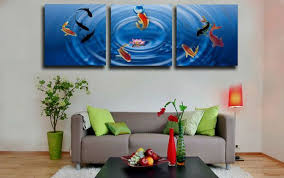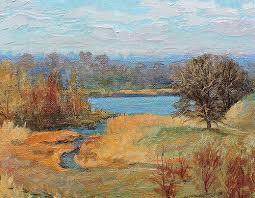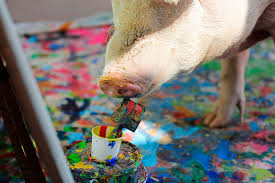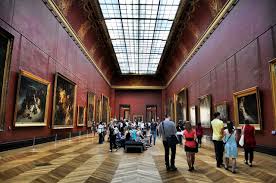mechanical actions
TALKS ON THE ISLANDS OF ART (part 2)
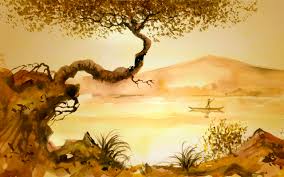 02/13/2011 Jrn Calo:
02/13/2011 Jrn Calo:
Dear Tatyana!
First of all, I must tell you that I like to think and manage the reading public. We live in an era of image, when there is no time for reflection. People often prefer to act, because thinking and working on their inner world takes too much time. Therefore, I like to make provocative judgments in order to stimulate new thoughts and ideas. I would also like to look into the future to find out how the history of art will develop and imagine what could happen in art tomorrow.
Each company uses all its resources and knowledge that may be useful to the cause. If you think that everything that is hand-made is art, you acknowledge that the urinal of Marcel Duchamp or the shark in formaldehyde Damien Hirst is art. Continue reading
